No matter how big or small you can be a part of this backyard farm + garden adventure! The feeling you get when you harvest your own herbs, dry them and bottle them up to preserve and use in your kitchen feels like a true accomplishment! To collect fresh eggs from your flock and greens from your garden and make a meal from it for your family is the most rewarding feeling!!
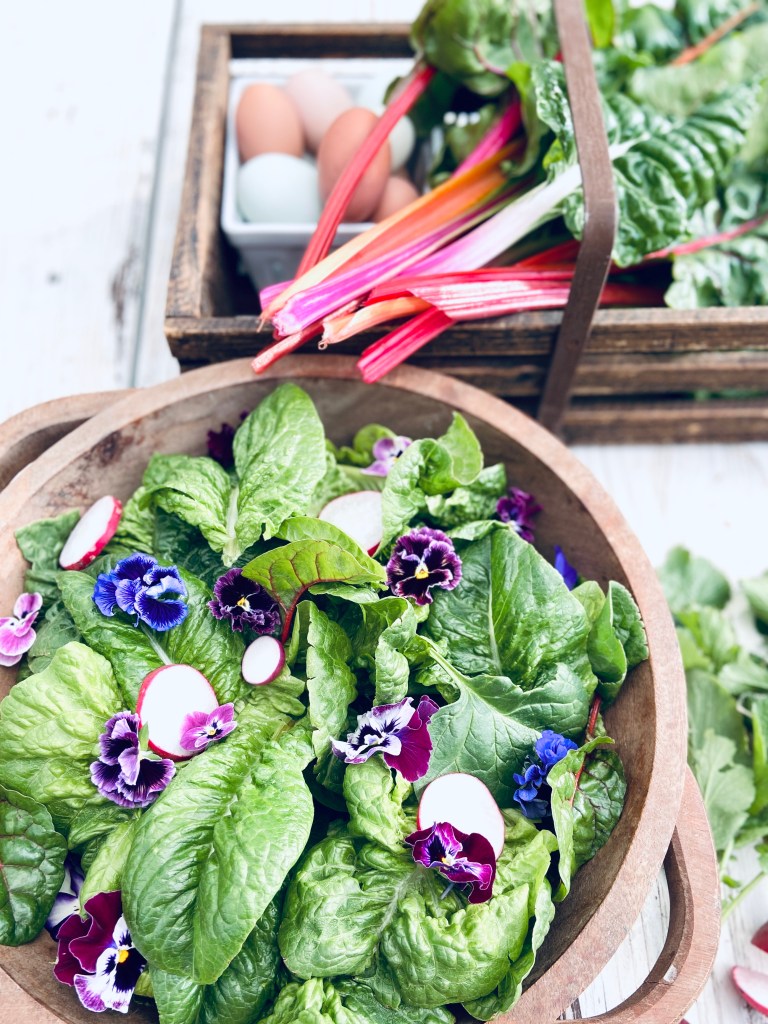
But, where to start? I was asked to help a friend design their garden area and it got me thinking, if I were to sell my designer services what would that process look like? So this is a post of the process I would use to help you! Its the same process we used to design our farm. From taking the time to ask yourself and your family questions about what they like to eat, how much time you all have to dedicate to this adventure ….. and can you have chickens in your backyard?

First things first!! So I might assume you are here reading this, because like us, you may dream of a simple life where you get to enjoy doing things the old fashioned way with thought and care! Well, almost five years later I’m here to tell ya the simple life does not equal the easy life!! As a matter of fact its a lot of work! …..
Are you still here? Ok, so why would this simple life have so much appeal? I believe its because we are meant to do meaningful things in a day. To know you are caring for a flock of hens that give you the most nutritional food gives you purpose to get out there and clean that coop and make sure they have the utmost care! As a matter of fact, life is so full of convenience, we’ve lost touch with how our food even comes about. When you get that first egg, I promise you will value eggs so much more than you did before! When you grow your first tomato or peach you will never look at them the same at the grocery store. You will absolutely thank a farmer and almost scratch your head sometimes of how they do it, especially when things can go wrong even on our tiny plots!
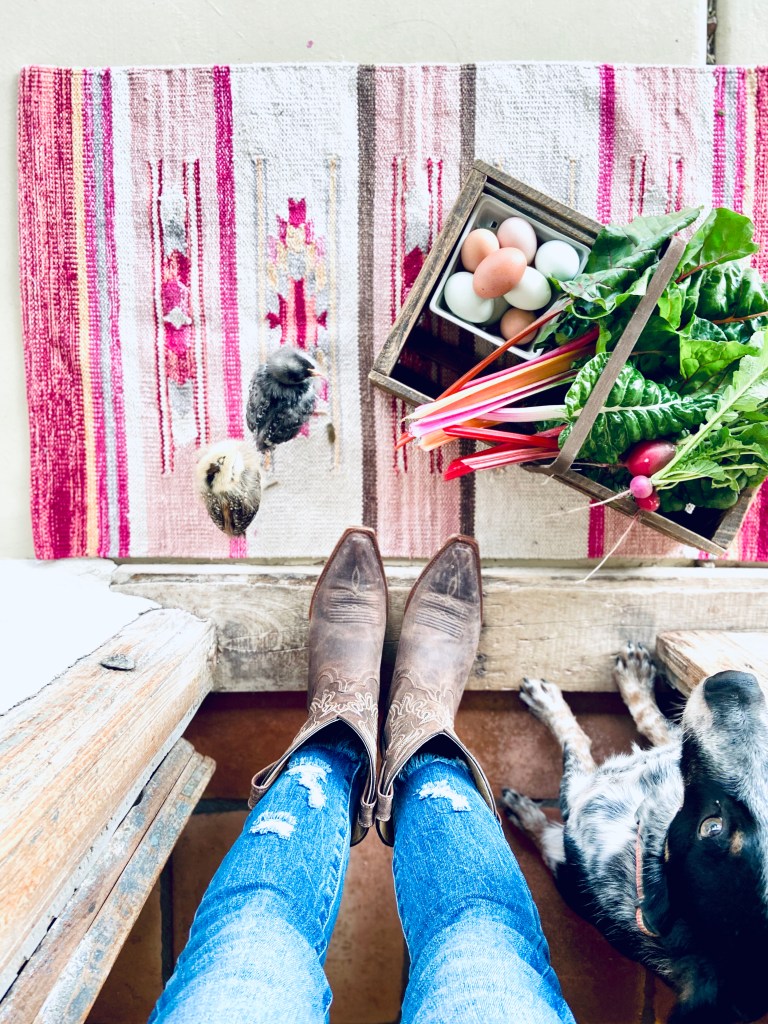
So lets start with some important questions to ask ourselves! If you were to hire a professional these are things they would need to know!
Backyard Farm Questionnaire ~
This is a simple questionnaire that can be used to guide you in what you want to get out of your mini farm/garden. No sense growing things that the whole family doesn’t like to eat!
- What are your families favorite fruits, vegetables, herbs and nuts to eat? This will help to know what fruit trees will be your number one choice and first priority to plant and how big your veggie gardens need to be to support your family.
- Can you have chickens, quail, ducks or goats on your property? Looking up your city codes and researching your HOA rules will let you know if this is possible. If you can have chickens, how many eggs do you eat in a week?
- How much time do you have for watering and tending the garden, feeding chickens and cleaning their coop, harvesting and preserving your garden and fruit from your trees. This right here is such an important question because if you add animals there is now morning and afternoon feedings and you must make arrangements when going out of town. Hopefully you will have a watering system for your garden to make things easier (We don’t ……. I know!) BUT … the purpose of this whole idea is to ground you and your family a bit, to feel connected to your space and the nature around you, to slow down and appreciate the seasons. To spend weekends building something together to enjoy for years to come!
- BUDGET!!!! This really should be question number one, figuring out what each element of your design will cost and making a list of priorities is crucial. We have slowly added to our 1 acre farm over 5 years. We always made it look good along the way but had this master plan design in mind.
- What in your yard already exists and do you want it to stay? (ex. grass for the kids to play on, play-set, mature native trees, pool etc.
- What in your yard can be re-purposed? Like an old shed into a coop or wood from something you want to toss could be used for raised garden beds.
- How does the sun move across your yard in the winter and the summer. This is so important to know for the placement of your garden. Gardens need 6-8 hours of sunlight. The ultimate place for gardens and fruit trees is South Facing with afternoon shade in our very hot Summer.
- When it rains how does the water move across the land? Where can it be harvested either right into the ground with a deep basin or collected in tanks for later use or both? Do you notice the wind being better or worse in different locations on your property? Make notes so that your design takes these things into consideration when making your plan.
- How do you envision what you do in your backyard? For example do you just want to sit in the shade and hang with the chickens? Do you want to be able to let your chickens out to free range sometimes when your home? Do you want a huge table in the middle of the garden and host garden parties? Do you want a garden just for little ones to dig into? How about an outdoor mud kitchen for the kids?
- Start a board on Pinterest or bookmark ideas on Instagram. I promise this is the best way to get all sorts of crazy ideas and get the whole family involved, you want a backyard that gets everyone outside!
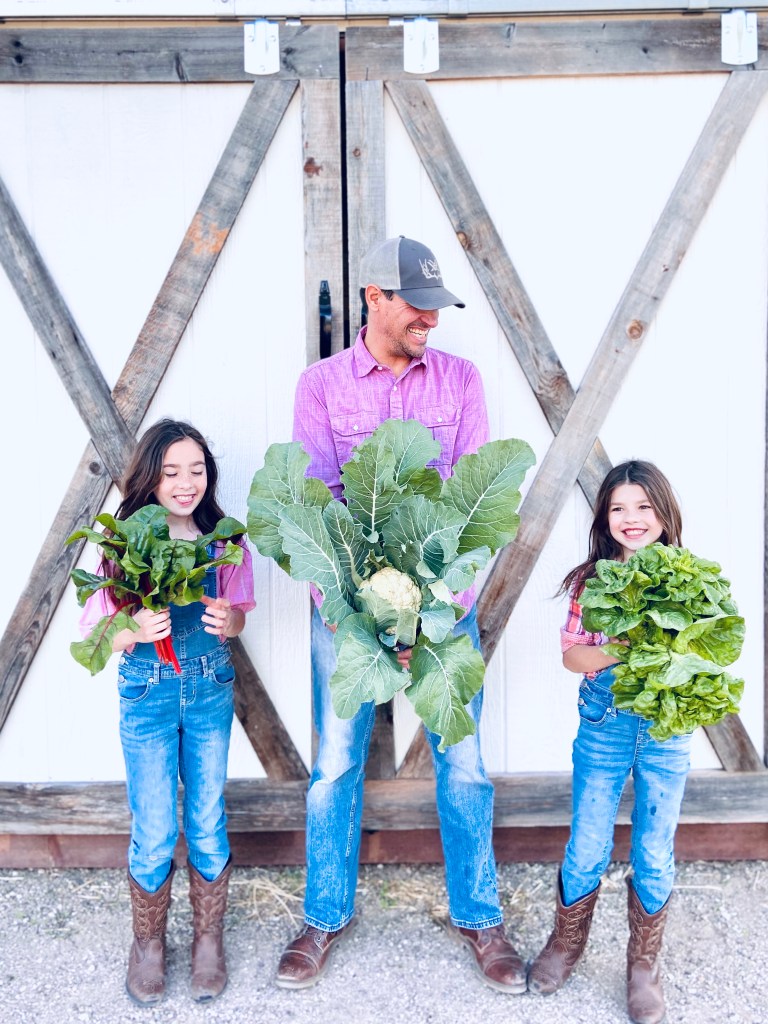
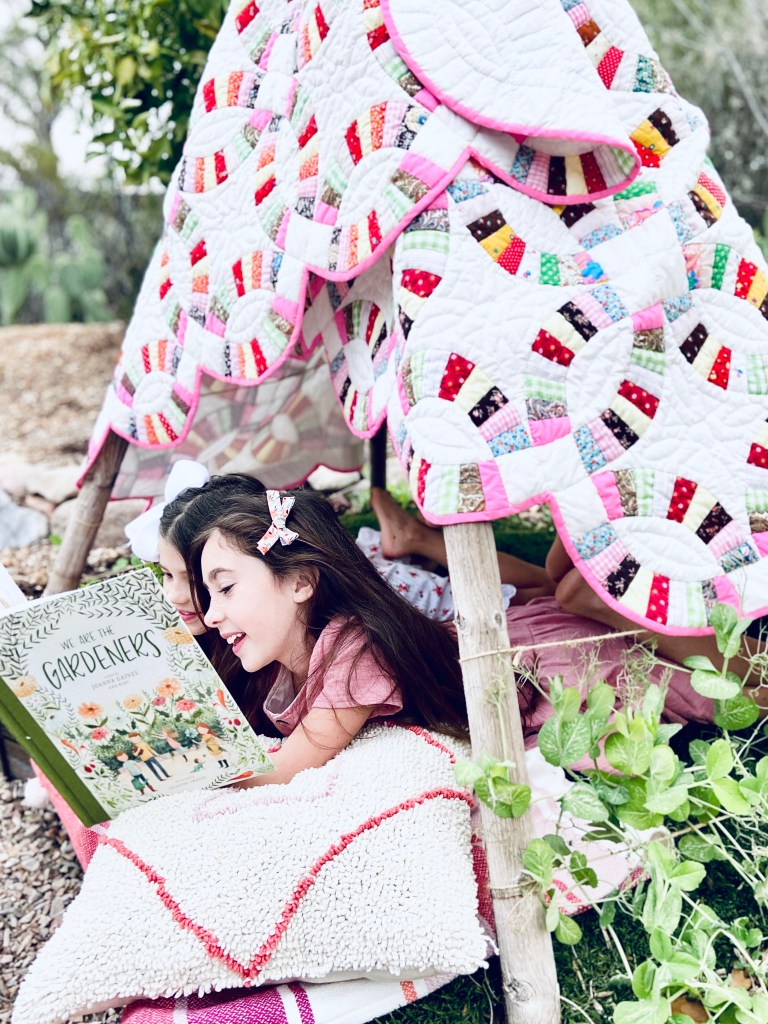
Now that we know what the whole family would like out of the backyard and you’ve found out if farm animals are allowed by searching local codes/HOA rules lets take a look at your yard in zones.
ZONES ~ Applying Permaculture to your backyard
I have found that taking the guidelines of Permaculture as a starting point has proven to be a great way to design and interact easily with our farm. Permaculture is a creative design process that works to mimic nature. No matter how big or small your plot, these principles can apply. This design takes minimal input for maximum gain! It uses things like proximity to your home, frequent use or time spent, companion planting, diverse planting, native planting, planting in season, mixing annuals and perennials, food forests and so much more.
First we take into consideration the 5 zones of permaculture and see how we can input all the things we listed from our questionaire into one of these five zones.
- ZONE 0 ~ Inside the home – Food prep + cooking, canning, food storage
- ZONE 1 ~ Nearest to the home – anything in this zone needs the most attention. This will be things like raised annual garden beds, herbs for cooking, soft fruits like berries, greenhouse, worm compost bin for the kitchen waste. You are going to spend the most time in this zone, so not only is the functional part important but the aesthetic as well. You want to want to hang out here, so a shaded table would be nice right in the middle of it all.
- ZONE 2 ~ This zone needs a little less attention so things like fruit trees and shrubs, perennials that need a little less attention, larger compost bins and small farm animals, like chickens and ducks. This is a good zone for a food forest too. A food forest is just like any forest but it has mostly food producing trees and shrubs of various sizes that get stacked. For example the tall fruit and nut trees are the top canopy followed by the dwarf fruit trees, then berry bushes and canes, perennial herbs and plants, annuals, root veggies and vines climbing.
- ZONE 3 ~ This is for larger row crops and larger farm animals like goats, cows etc.
- ZONE 4 ~ Semi-wild area where you could collect wood and do some wild foraging. For example collecting prickly pear fruit from cactus and gathering dead branches for a fire pit.
- ZONE 5 ~ Wilderness – This zone is the outskirts of your land and is left for the wildlife.
The things that your family listed that were the most important will fit into one of these zones. If you have a pretty small backyard then most things will fit into Zones 1 and 2 and thinking about the wildlife in zone 4/5. For example leaving the native Mesquite tree and prickly pear cactus into your design for the birds and other wildlife will act as zone 4/5.
Layout of our 1 acre farm ~

We are on 1 acre and as you can see above we are only using about 2/3 of our acre and pretty intensively! We have 25 chickens/ducks, 3 goats, over 50 fruit and shade trees planted, blackberries and grapes and a large kitchen garden! We also have several places to sit and relax, places for the kids to play and its all combined together to maximize our space!

This drawing above zooms in on just the space we have designed or used of our 1 acre. As you can see the kitchen garden is right out our front door with a large farm table for gathering. The greenhouse and worm bins are close by and then as you go out fruit trees start to dot the property and you can see the coop with free ranging chickens and then farther out are the goats and barn. The back 1/3 of our acre is wild with a trail for the girls to ride their quad. There are tons of places to sit and enjoy all the different elements of the designed space.
The majority of our acre is our front yard. Our home is very close to the property line and our backyard is facing the neighbors front yard. Our front yard is very private and you enter from the driveway to the side of our house through the garden. We are also on a slope. All these things can be negatives but sometimes that’s where you get very interesting designs!
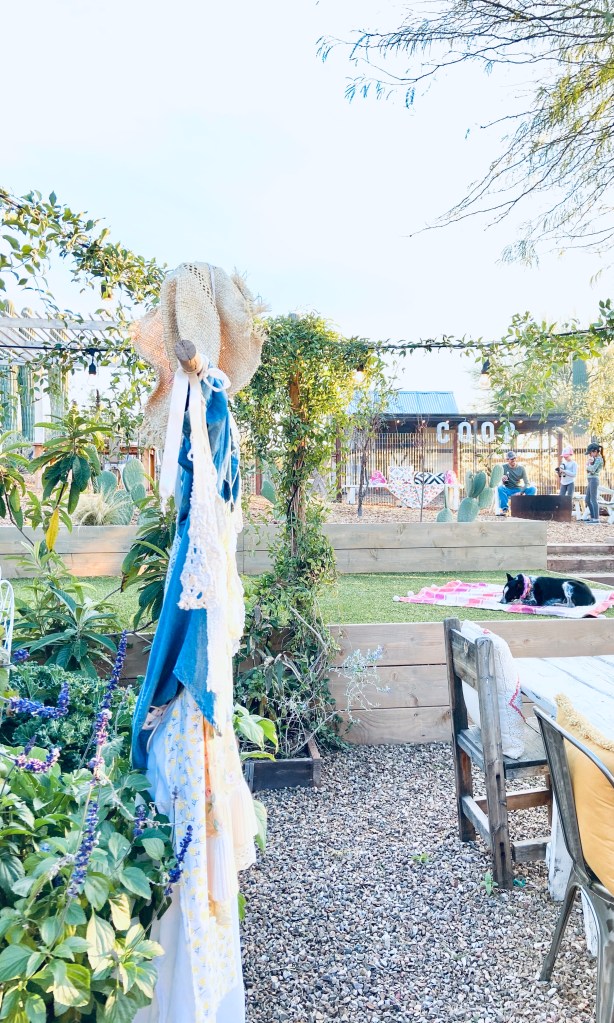
Measure your yard
Lets measure the yard and the location of the things to be kept and draw it out on paper. These measurements need to be pretty accurate because you can then order materials based on these measurements. Before you start designing and sketching on your plan make copies for the whole family to see what every one comes up with! What everyone draws might surprise you, and be so fun and makes for the perfect family time!
The placement of the chicken coop or other animal structures will be first as it will come with some zoning rules. Let say the code says a coop has to be 20′ from any neighboring fence. Depending on your yard size this can be very limiting, with little wiggle room as to size and location.
Next will be the garden beds as they need that perfect amount of 6-8 hours of sunlight. The perfect location is south facing for the best winter garden and shade from the west for the summer garden. Make your beds no more 4′ wide so you can easily reach in from both sides and then they can be as long as you want! Make sure you make paths between them big enough for a wheelbarrow, typically 3′.
Then the fruit trees also need that same amount of 6-8 hours of sunlight too! They would be perfect on the west side of your yard to help create that afternoon shade for your garden in the summer. Make sure you think about the size of your trees at maturity. You can get dwarf fruit trees to help maintain that small size and also keep trees to a manageable height and width with summer pruning.
Then all the hardscapes and seating areas and kid fun will all work around that.
Just have fun and keep spending time in your yard with your plan and really try to see what you’ve drawn come to life!
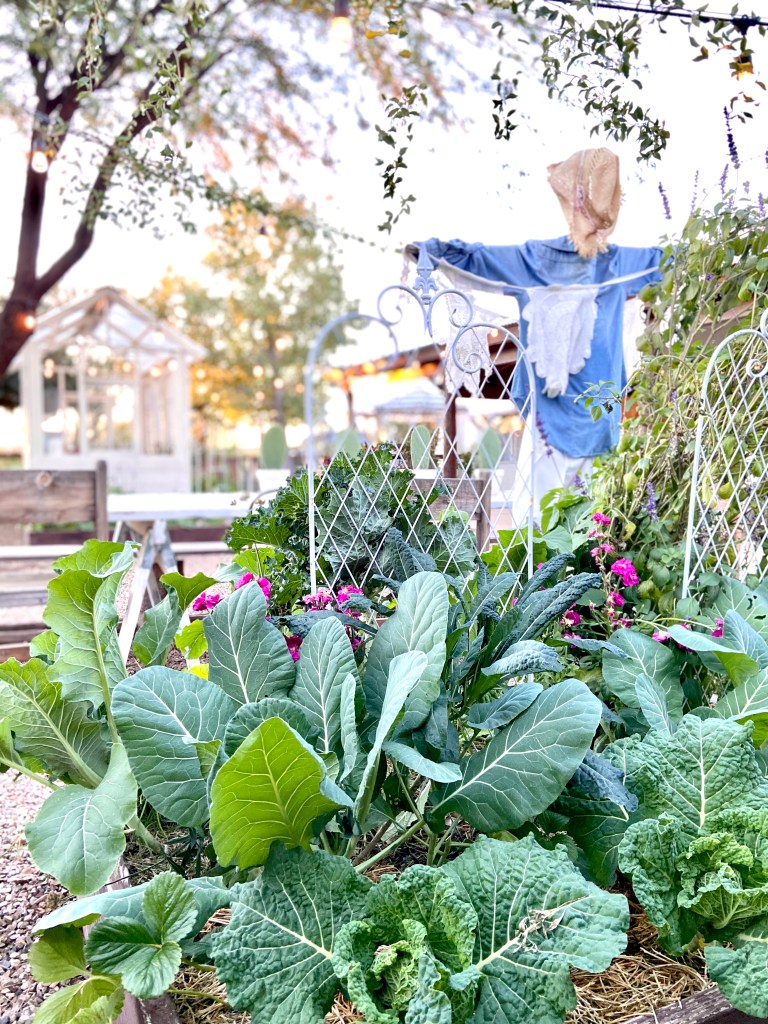
Take your time, start small + plans change
I know it would be really hard to wait a year to get started but seeing your land over the course of the seasons would be amazing so you could have all that crucial info to best layout your design. At least wait to see how a monsoon rain effects your place and how you can most definitely capture it best. Also, start small and make sure this is all for you! You can make a design for several raised beds but maybe just start with actually building two and get your hands dirty to make sure this is all worth it!
ALSO, plans change!! I cant tell you how many times we have revised our plan, moved a tree (not recommended), put something in a spot that just didn’t work in the end. This mini farm lifestyle is so fun that you never know where it can lead to, they don’t have the hashtag #crazychickenlady for nothing! You will see just how amazing these gals are and then you will want to add more just for that blue or green egg color! Build that coop as big as you can from the start! The point is the backyard homesteading journey has so many possibilities, the ideas are endless – mini vineyard anyone?
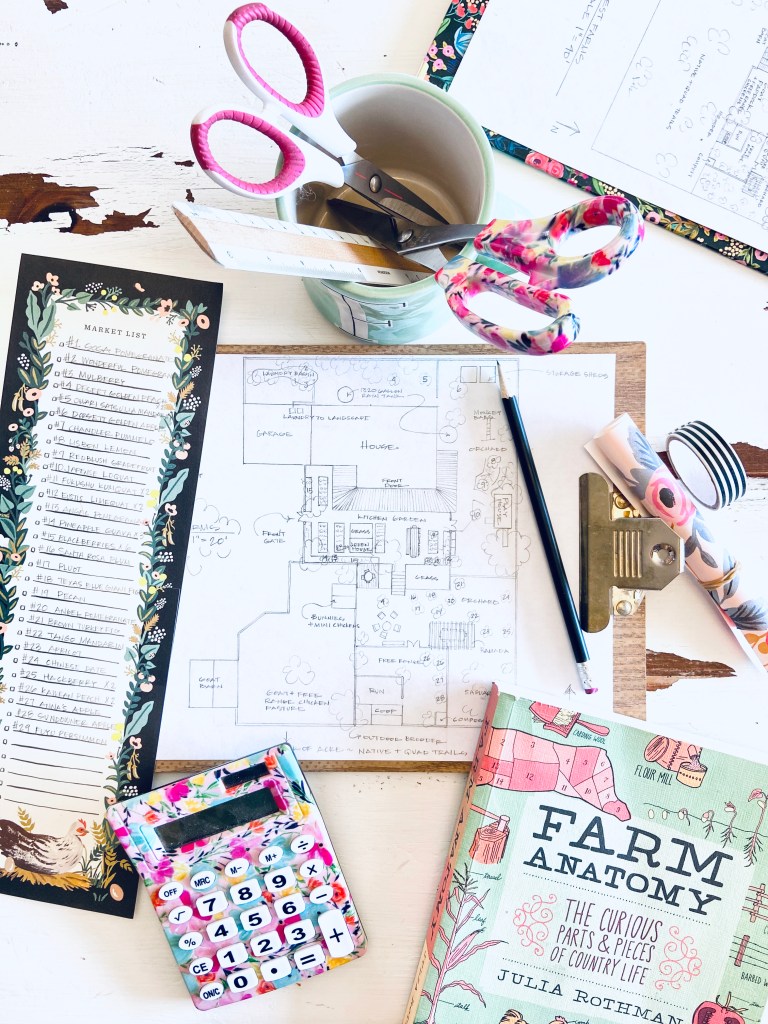
Fruit trees
I know its hard to see in the image above but if you zoom in, all the fruit trees that we have planted have been numbered and then listed in the note to the side so you can see where each tree is located. We have had the most success with trees that are labeled “self fruitful”, they do not need another tree to cross pollinate with. Trees that need to cross pollinate need another similar variety that blooms at the same time. So as you can imagine the timing and space needed for two trees is hard to provide. If you are on a small plot, self fruitful is the way to go for sure! I have a whole blog post about every single fruit tree and berry we planted and how they did in our desert climate.
See Link below to Desert Fruit Trees + Berries
https://festfarms.com/2019/06/27/desert-fruit-trees-berries/
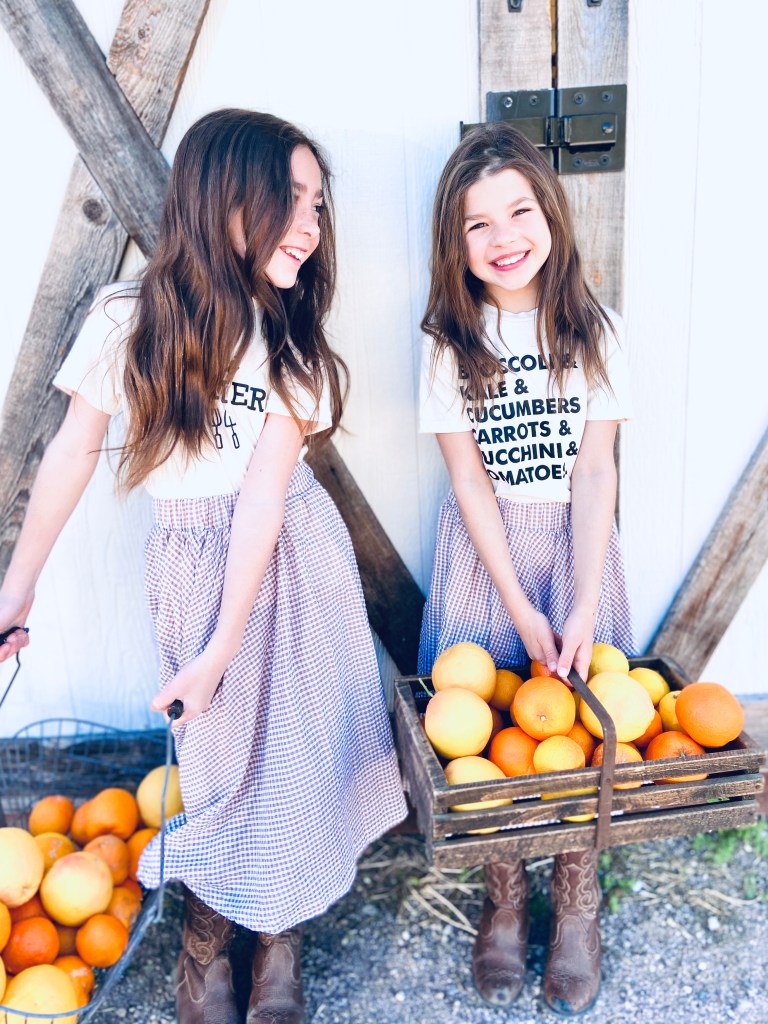
Lets review with a checklist!
Checklist
- Did you check your local codes and HOA before starting to see if you can have farm animals or build any structures. If yes, how far away from the property lines does the enclosure need to be?
- Do you have a place or multiple places to sit and enjoy your backyard farm and garden – your design should lure you to get outside!
- A place for compost, both for the animal waste and kitchen / garden scraps
- If your place is small did you add trellises and grow up to save on space. This really adds an amazing look to any size garden.
- Did you apply the Permaculture principles
- Is the budget in place, what are the first priorities, what can come in the following years.
- How are you using the rain water to help grow through our desert seasons.

The absolute joy that this lifestyle has given our family is so immense that I just want to share it with everyone! We are dedicated to it, and seeing it grow over that last 5 years has been incredible! If we can do it, you can too!!
Guys ask me anything, I would love to help you!!
XOXO, The Fest Family
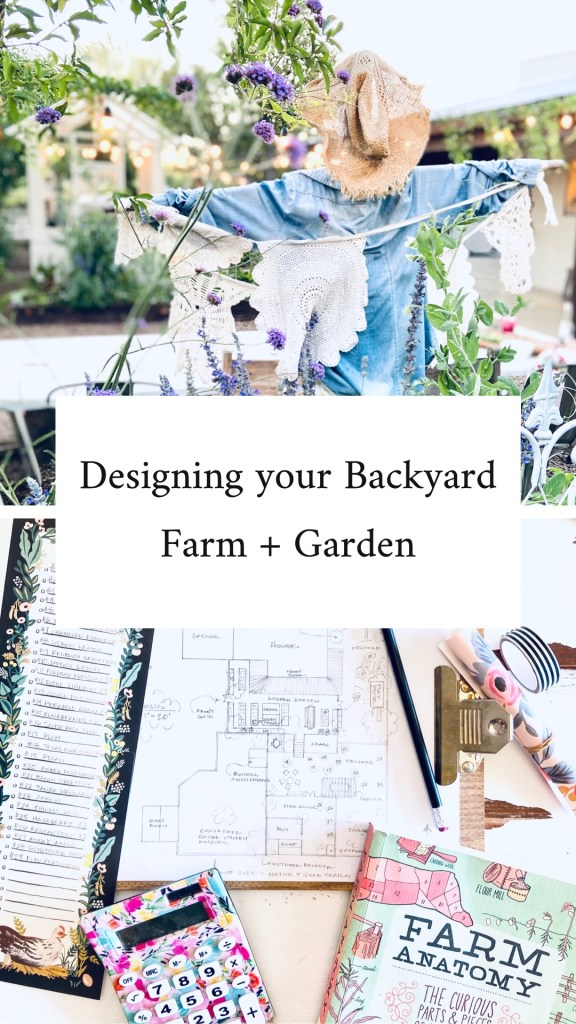
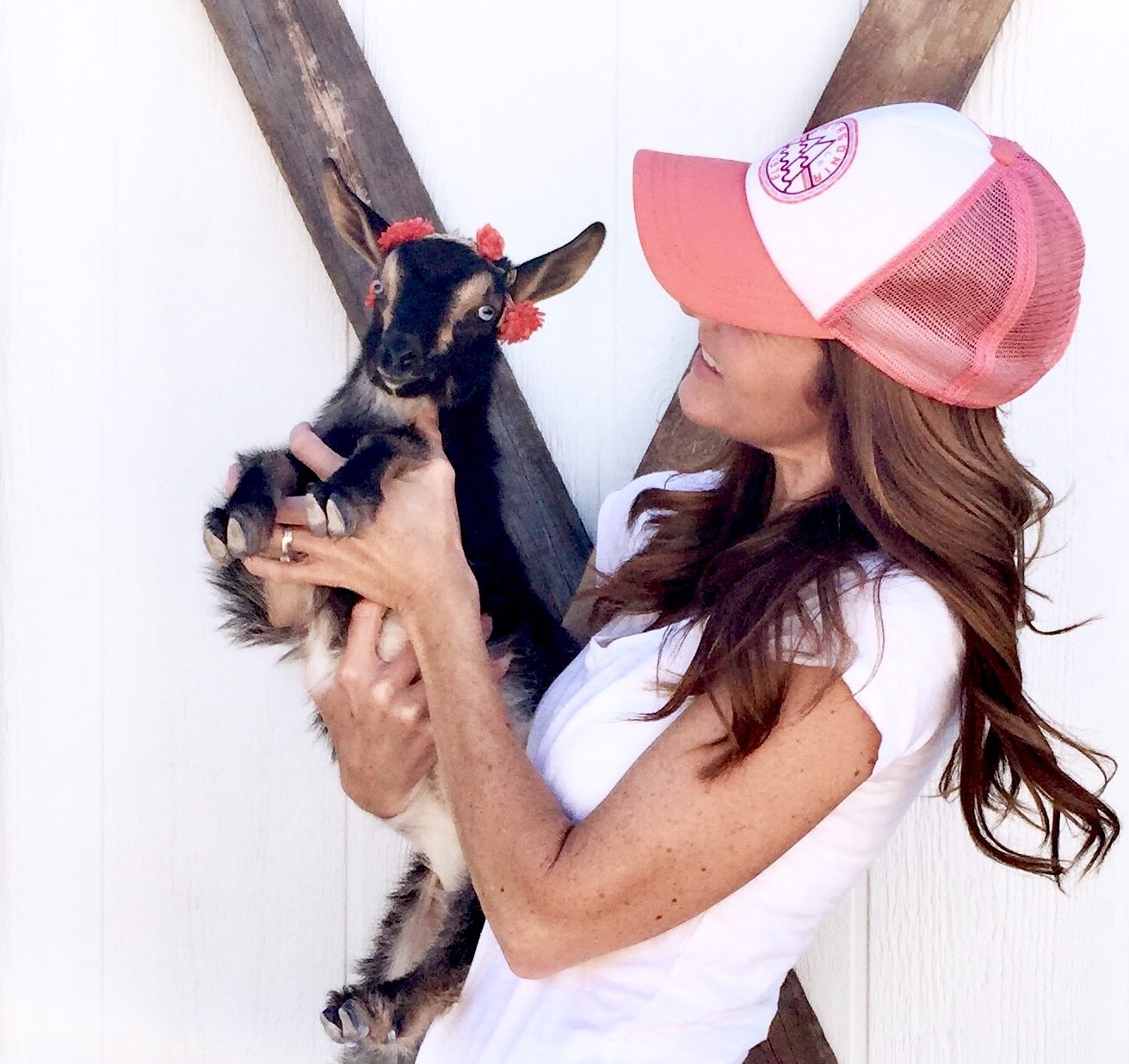
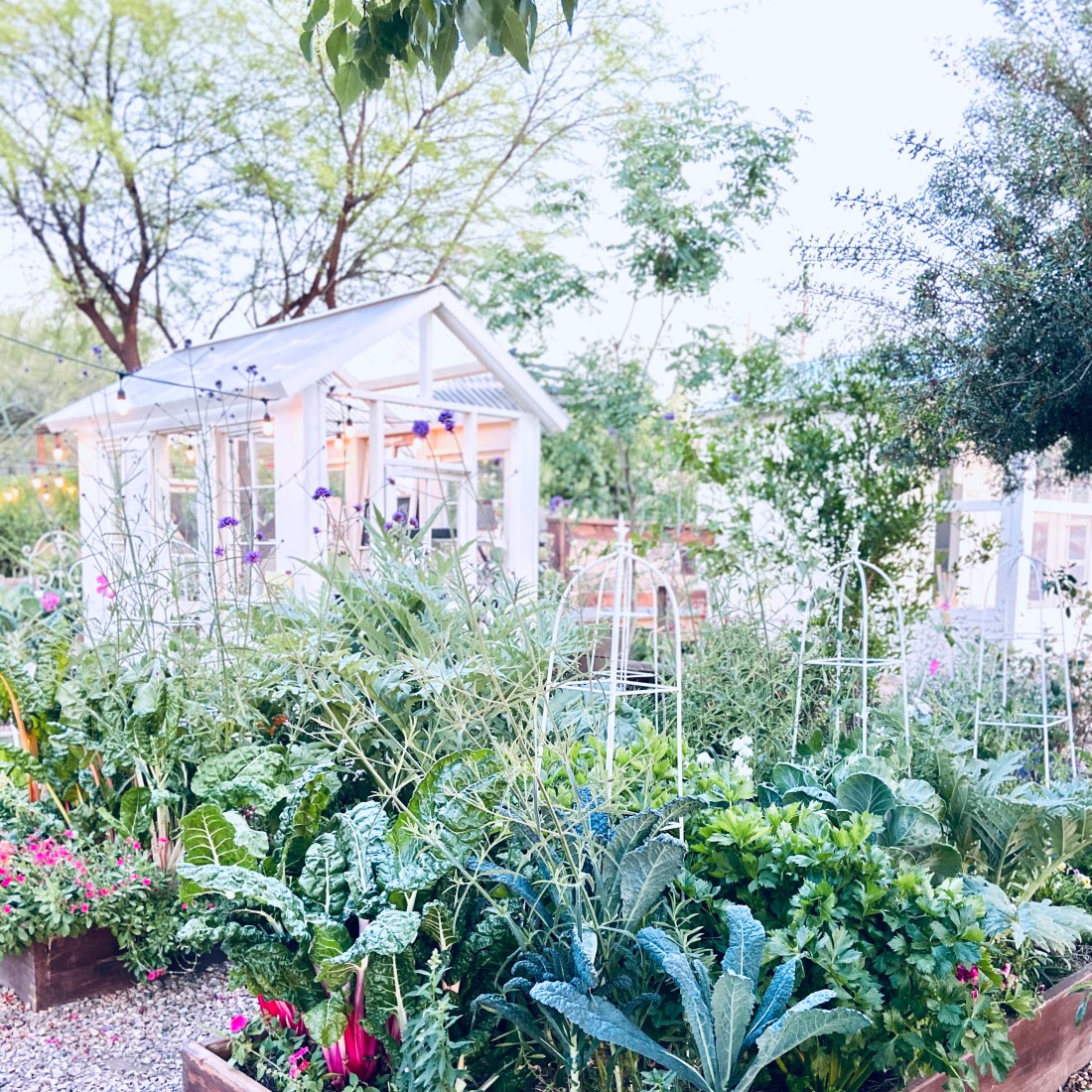
Oh my goodness, such a helpful post! I’m changing my original garden sketch to include fruit trees/bushes! Thank you :).
LikeLike
Hooray!! You make my day!! So excited for your new garden space!! 💕🌱
LikeLike
This is so beautiful and functional. What grand pictures of happiness and healthy foods.
LikeLike
Great to read this blog post! Thank you so much💕
LikeLike
Thank you Heather! So happy it was helpful!!
LikeLike
How did I not know you had a blog!!! This is the best info, I really want to work on our little backyard garden this year to make it even more than we had last year. I really struggle with researching it seems so many things contradict other things I read!!
LikeLike
Yay!! Thank you so much Sarah, I’m so happy this helps!
LikeLike